Bazlama is a traditional leavened Turkish flatbread that dates back at least to the Turkish Seljuk empire. Unlike what most food blogs seem to think, bazlama isn’t a generic flatbread, however. For that, this region has lavash.
What makes bazlama unique
Bazlama has a unique shape that makes it distinct from the more rustic looking flatbreads you’ll find in most food cultures.
The shape is circular, with a top and bottom that’s completely flat. It should be evenly golden, with only gentle or minor darkened spots. It’s also a fairly thick flatbread, usually coming in at around 2–3 cm (1 in) thickness.
In other words, it’s better to think of it more akin to a giant English muffin than whatever the term “flatbread” conjures up in your mind.
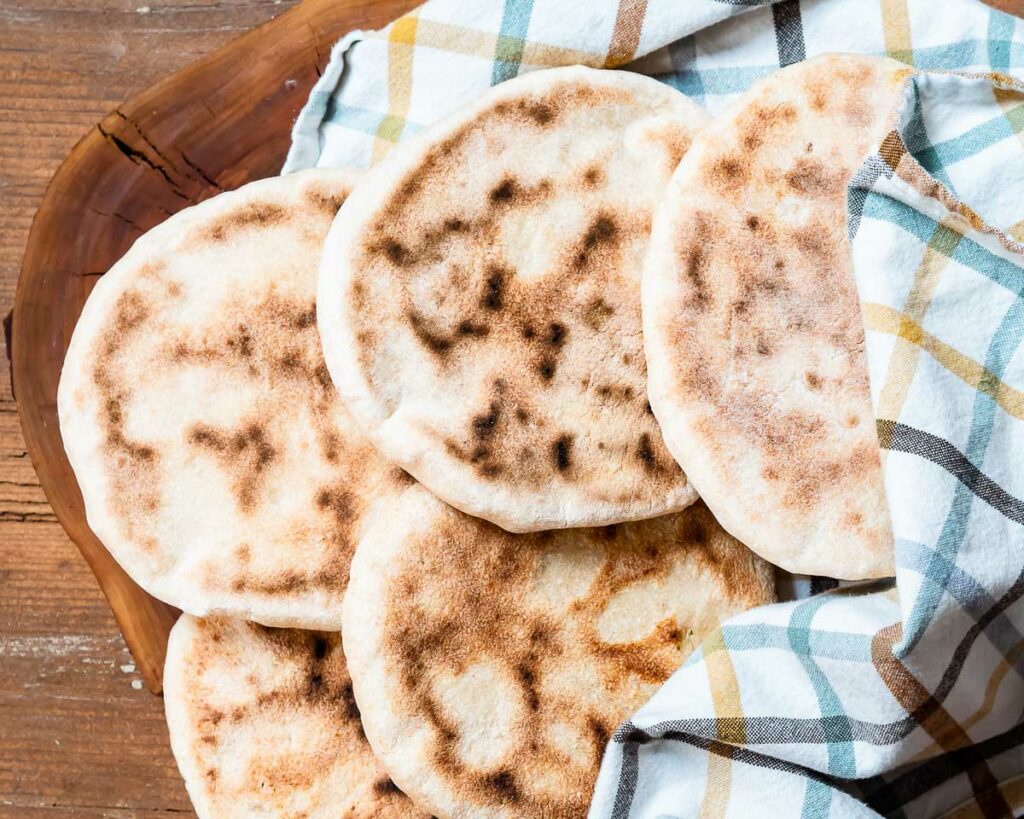
Different versions
While well known, bazlama isn’t the most widely eaten of Turkish breads. You’ll see it, packaged, in every supermarket, but many bakeries don’t have it.
A standard bazlama is portion sized. However, as is common with most dishes in Turkish food culture, bazlama is more closely linked to certain geographies – and different versions abound.
An important version stems from the village of Kızılcahamam, between Ankara and Bolu in central Anatolia. Here, they make a particularly large version of it, at 25–28 cm (10–11 in) wide and around 400 g (14 oz) weight. It’s also supposed to keep well for at least 7 days. This version is protected by a Turkish patent.
Other places, such as Şabanözü and Karaman, have also had their own versions of bazlama registered with the Turkish patent office.
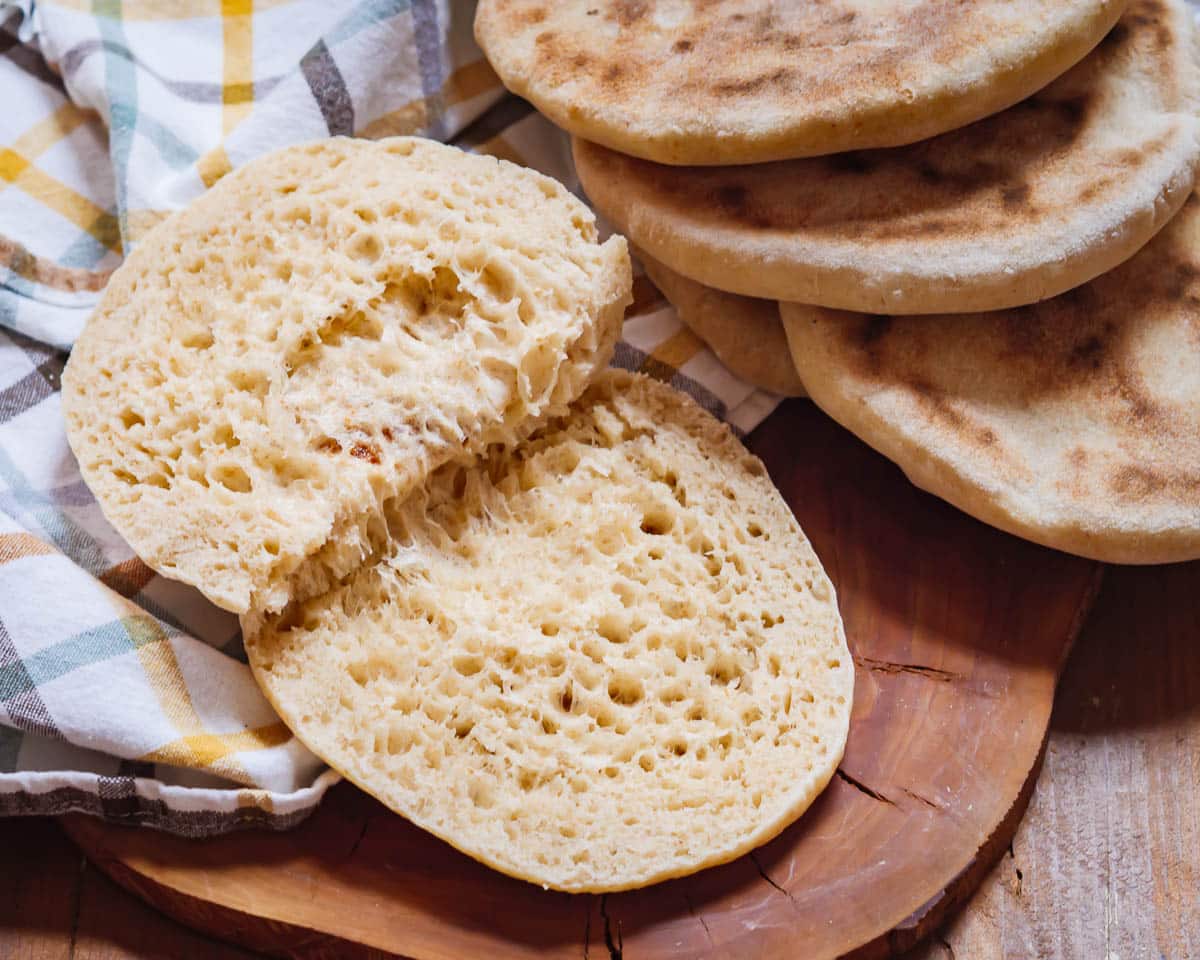
How to make bazlama
The dough
Being leavened, bazlama was originally made with sourdough. Today, it’s far more common to make it using commercial yeast.
The dough itself is quite simple. It doesn’t require too much kneading, so I prefer to make it by hand. If you wish, you can of course use a kitchen machine with a kneading hook attachment instead.
I should note that the dough is a little wet, so your hands will be sticky. It helps to wash your hands after mixing the dough, before embarking on the kneading.
You’ll note that I’ve added a little wholemeal flour to the recipe. Most Turks will use only white flour, but I find the addition of wholemeal much improves both the texture and longevity of the bread.
As for the liquid, I prefer water. Many recipes, however, call for milk or flour. This yields a slightly softer bread that will also have a darker surface as the sugars from the milk make the breads caramelise more quickly. If you like, you can substitute up to 2/3 of the liquid for milk, or 1/3 for yoghurt.
I make my bazlama a little thinner than the standard size you’ll find most places in Turkey. This is for a simple reason: This way, it fits my toaster perfectly, for instant reheating. Feel free to make yours a little thicker, if you like, following the instructions in the notes below the recipe.
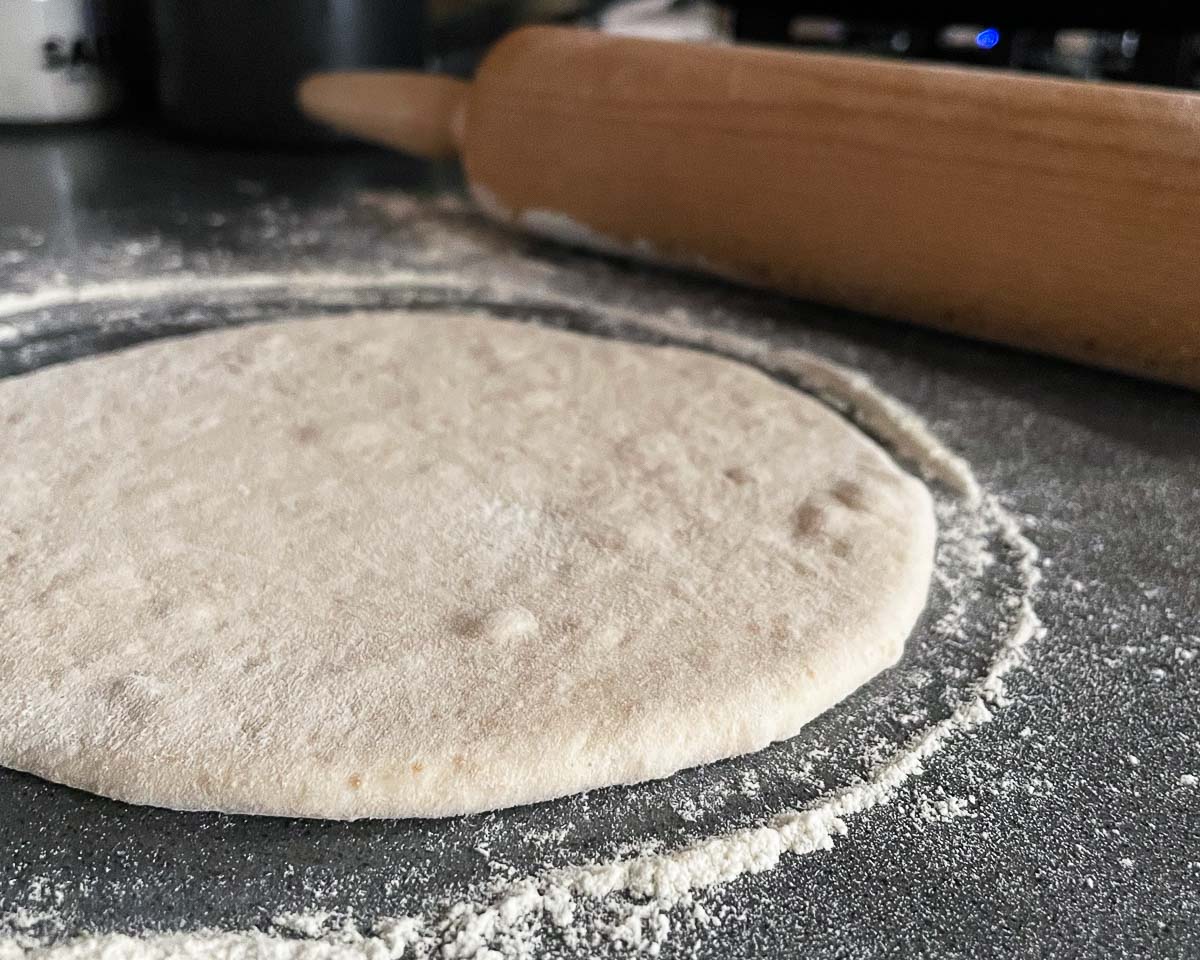
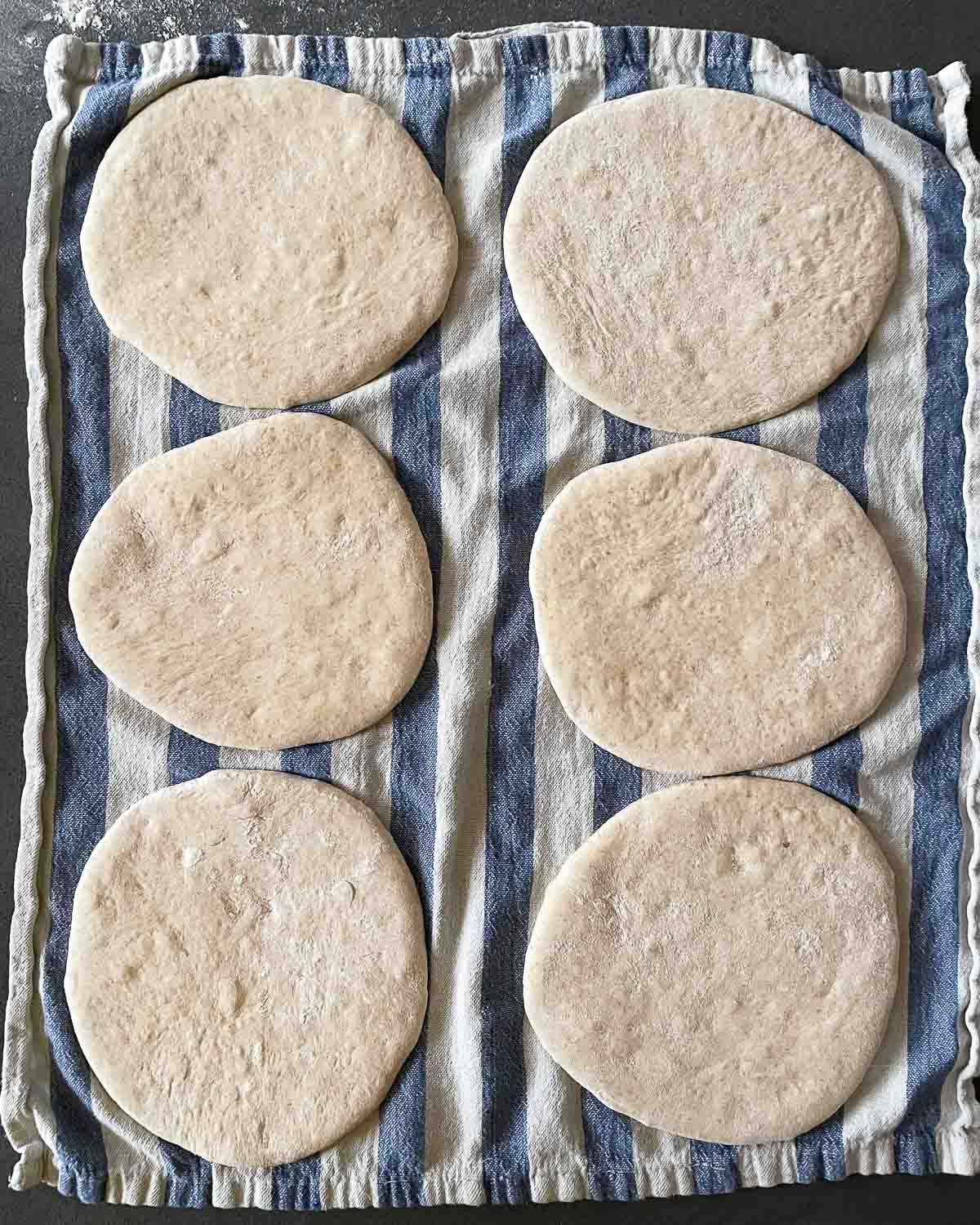
The cooking
The biggest challenge with this recipe is finding the right temperature for frying your bread. As I mentioned earlier, bazlama is a fairly thick bread. If your pan is too hot, you’ll burn it before it’s cooked through. Conversely, if your heat is too low, your bread will be dry and hard before it’s cooked through.
I find the perfect temperature cooks the bazlama in 3–4 minutes on either side. So if your bazlama looks too dark after 3 minutes, reduce the heat. If it’s barely got any colour, increase the heat a little.
Traditionally, I imagine they’d use a saç – a curved Turkish griddle – but a large cast iron pan is perfect as well.
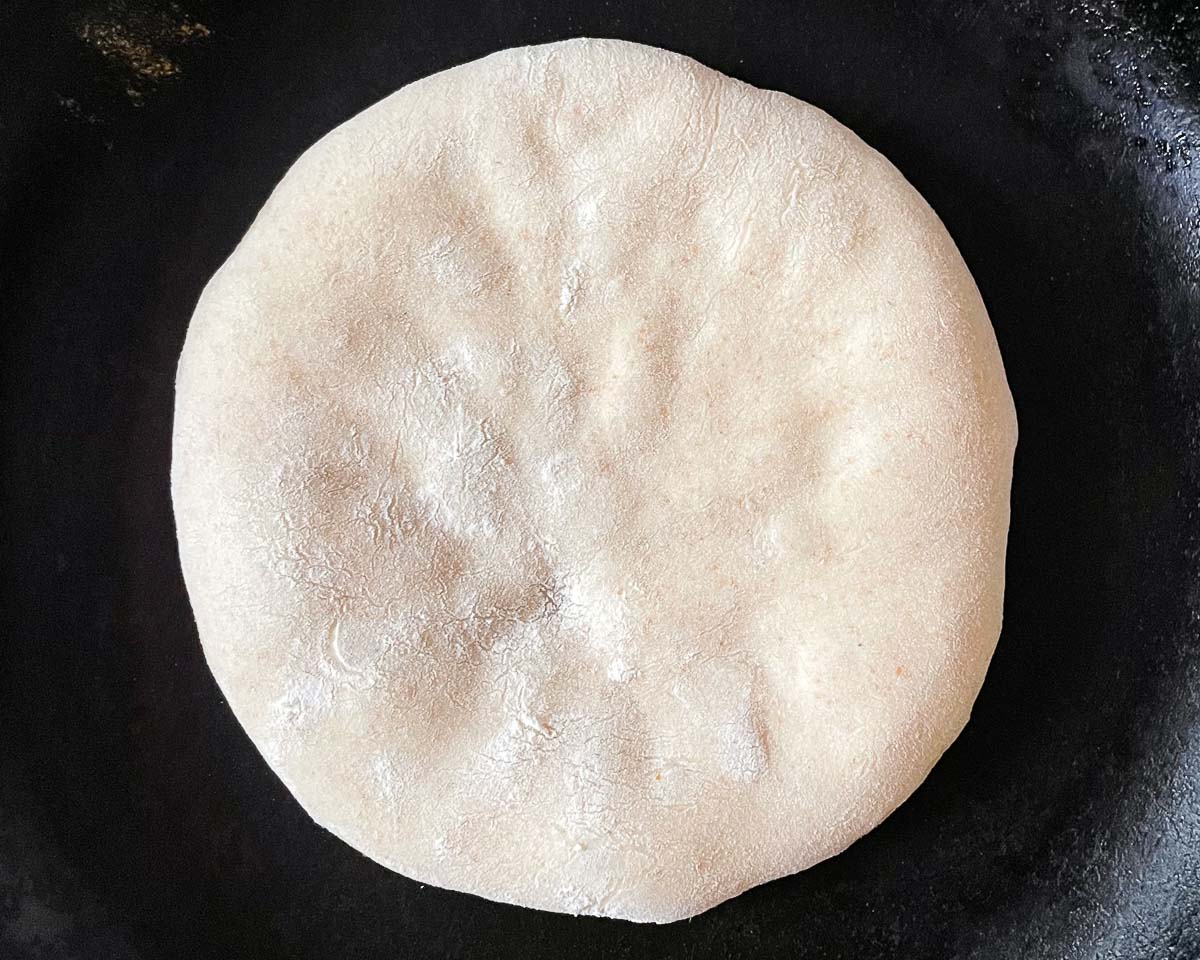
Serving suggestions
Bazlama is most commonly enjoyed with breakfast. You can tear it up and eat it alongside menemen, Turkish çılbır eggs or whatever you’re starting your day with.
It’s also excellent as a sandwich bread. Some cafés in Istanbul use bazlama as a vehicle for a more “luxury” version of toast, often stuffed with cheese and sucuk (sujuk), a type of spiced sausage common in Turkey, the Balkans and much of the Middle East. Melted cheese galore!
Since bazlama just about fits the toaster, I love keeping them in the freezer. From there, I just pop them straight into my toaster, slice in half and fill it with whatever I feel like. A few slices of cheese, perhaps some tomato or greens, cucumber – even ham or salami, if I have it to hand.
The recipe makes 6 bazlama, can easily be doubled (or trebled), and anything you don’t eat right away freezes beautifully.
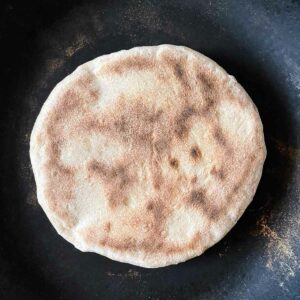
Bazlama (Turkish pan fried flatbread)
Ingredients
- 400 g strong white bread flour
- 100 g wholemeal flour
- 6 g instant (fast action) dried yeast
- 350 g water
- 10 g salt
How I make it
- Mix all the ingredients until you’ve formed a dough. Knead until the dough has softened a little, 8–10 minutes by hand or slightly less if using a stand mixer. The dough may feel a bit wet at the beginning, especially if kneading by hand. It doesn’t need to be perfectly smooth and stretchy, but should be easy to work with. Cover and leave to rise until doubled in size, 45 minutes to 1 hour.
- Tip the dough onto a floured surface. Divide into 6 portions (c. 110 g each). Fold the edges of each portion towards the centre to form tight balls. Use more flour as needed, but not more than strictly necessary. Cover with a damp cloth and leave to rest for 15–20 minutes.
- Roll the dough balls into circles approximately 12–15 cm (5–6 in) diameter and minimum 1 cm (scant ½ in) thick. Use as much flour as is necessary. Place each portion on a dry kitchen towel. I can fit all the circles on one towel. Cover with another dry kitchen towel and leave to proof for 15 minutes.
- Heat a large, thick bottomed frying pan over medium/low heat. Fry each bazlama for 3–4 minutes on each side, one at a time. Adjust the heat to ensure they turn nice and golden but far from burnt during this time.
- Serve warm or lukewarm. I prefer it as a sandwich with my favourite fillings. Freeze what you’re not eating the same day.


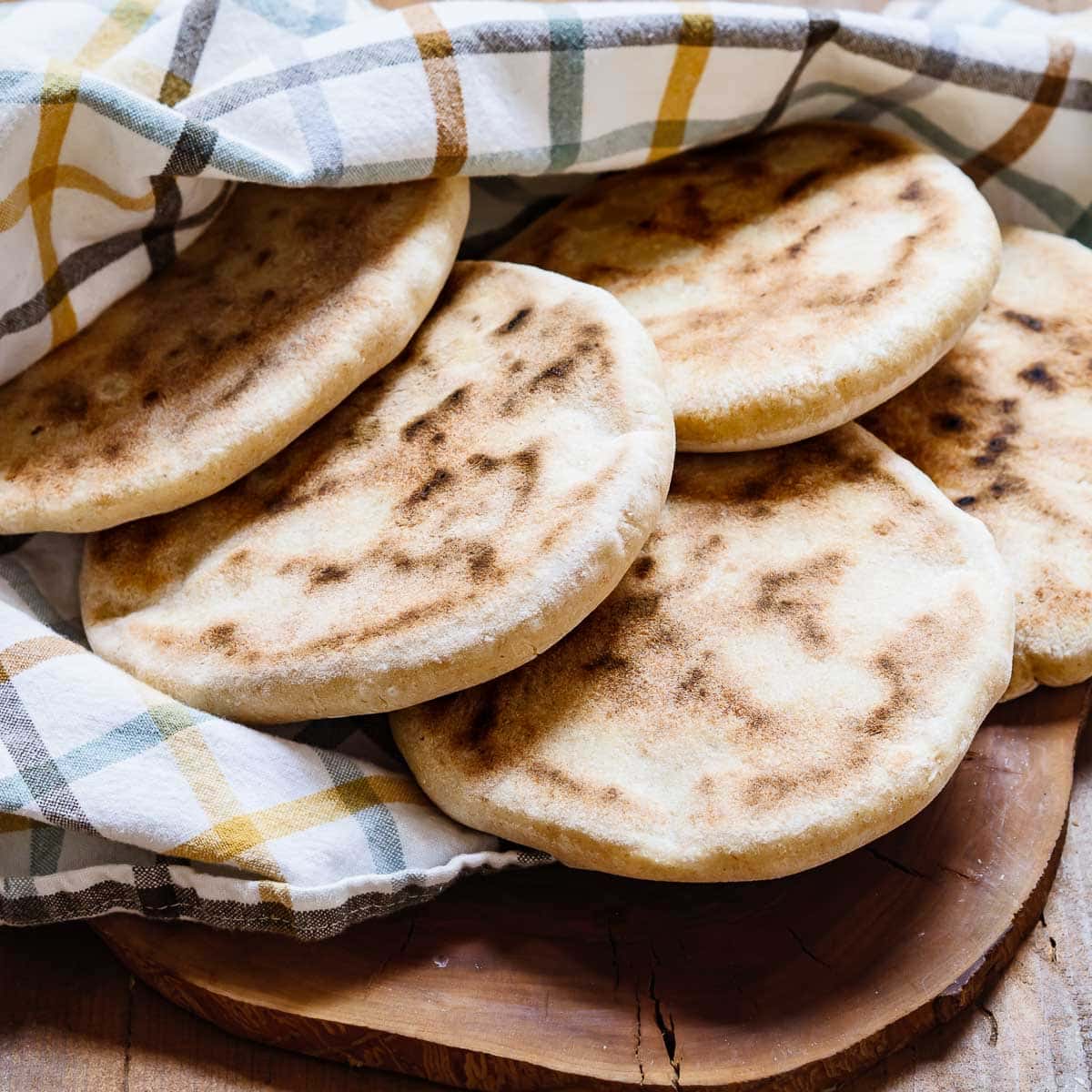

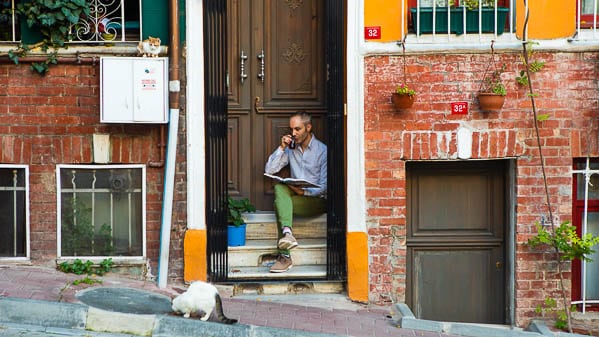

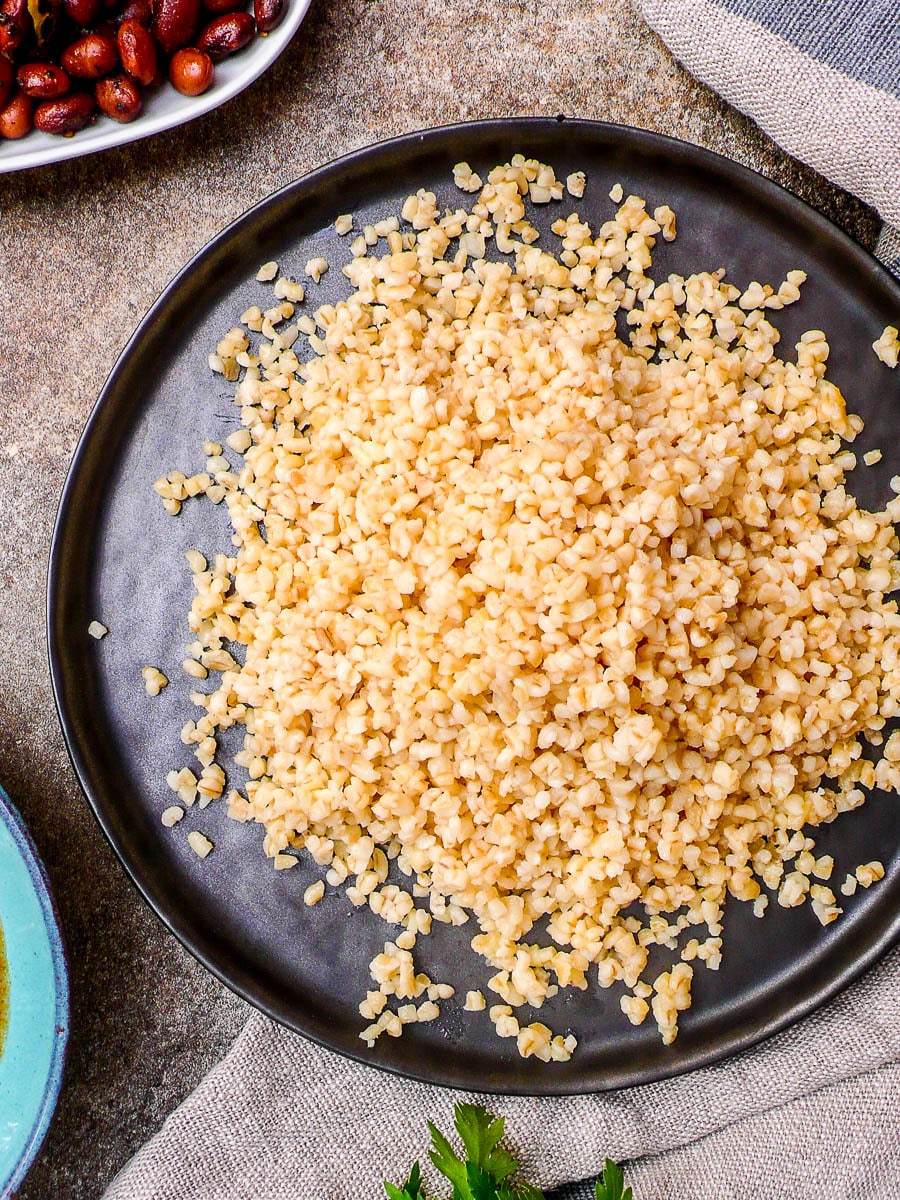
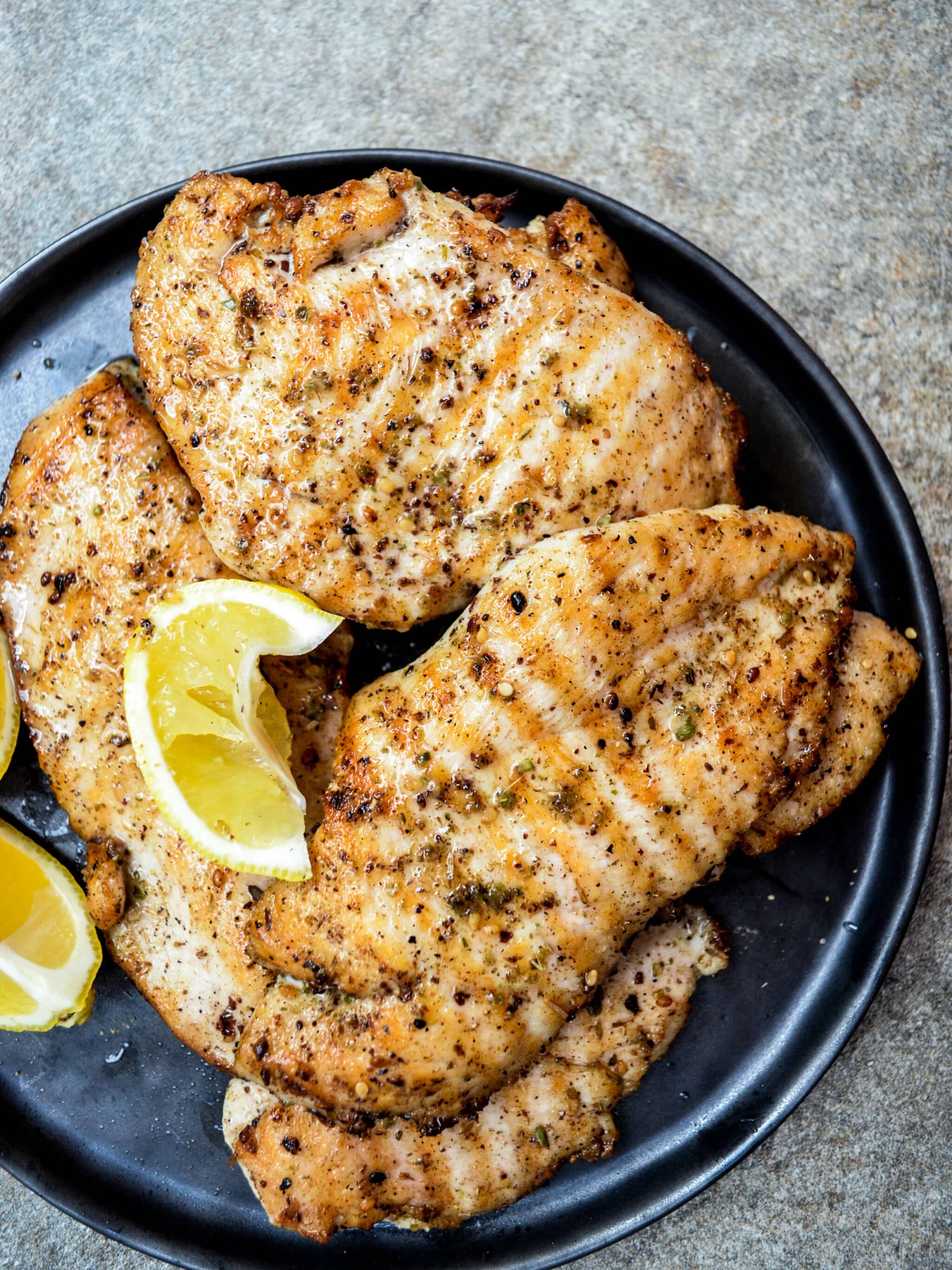
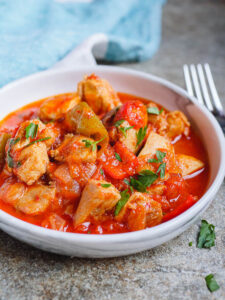
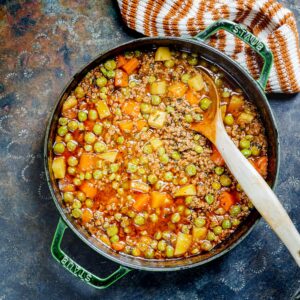
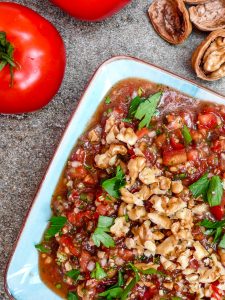
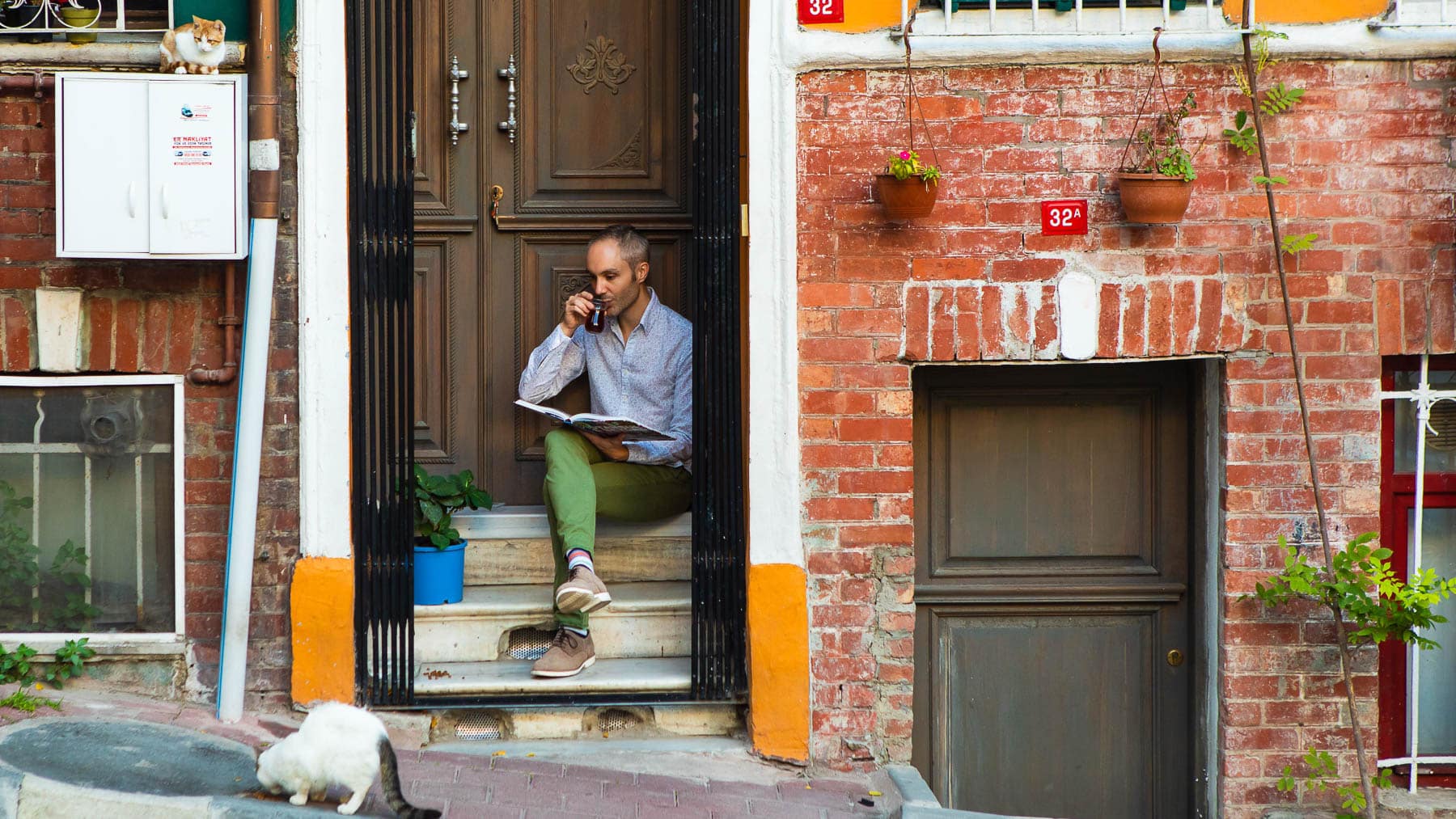



2 responses
Loving these recipes!
I’m looking for the perfect pita bread recipe… the one that puffs up nicely and will be hollow inside… can you help?
I have one, but haven’t posted here yet. Will keep it in mind as I plan future posts! In the meantime you could try translating the recipe on my Norwegian website.